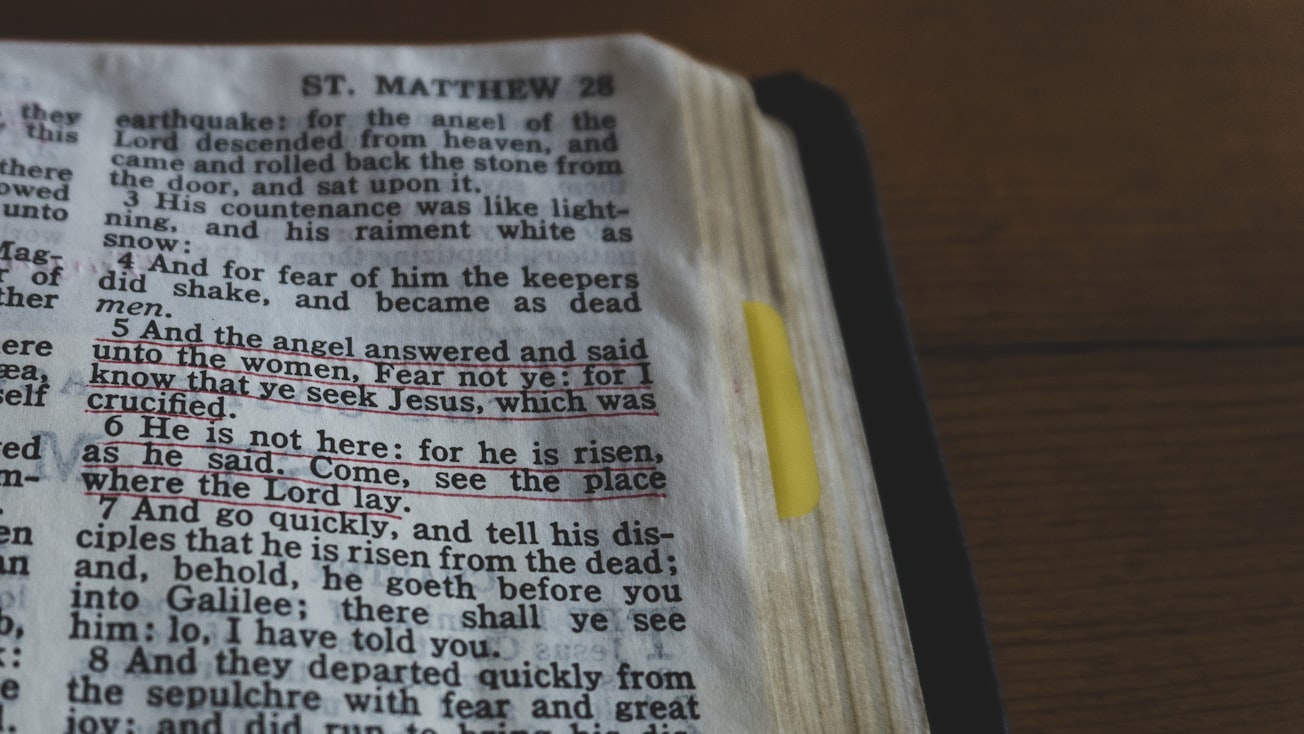What is it about?
The Gospels of Mark, Luke and Matthew are sometimes very similar - but who copied whom? This paper identifies two basic logical errors in one of the most influential studies of this famous 'Synoptic Problem'. When these errors are corrected a more satisfying solution emerges: Luke used Mark, and then Matthew conflated Mark, Luke and other sources - some of which were also used by Luke.
Featured Image

Photo by Joshua Burdick on Unsplash
Why is it important?
If Matthew used Luke's Gospel this generates important new information about both texts. In Matthew's case we learn something about his priorities and interests by how he handles (or chooses not to handle) material Luke provides. In Luke's case we learn that it must have been written earlier than Matthew. This article also provides an insight into changing scribal techniques and technologies around the turn of the Second Century CE.
Perspectives
Rethinking the relationship between Matthew's and Luke's Gospels requires a radical reconsideration of the lost source 'Q'. Some concrete implications of this development are explored in 'An Extant Instance of 'Q'' - an article published in the next edition of NTS
Dr Alan Garrow
University of Sheffield
Read the Original
This page is a summary of: Streeter's ‘Other’ Synoptic Solution: The Matthew Conflator Hypothesis, New Testament Studies, February 2016, Cambridge University Press,
DOI: 10.1017/s0028688515000454.
You can read the full text:
Resources
Contributors
The following have contributed to this page







